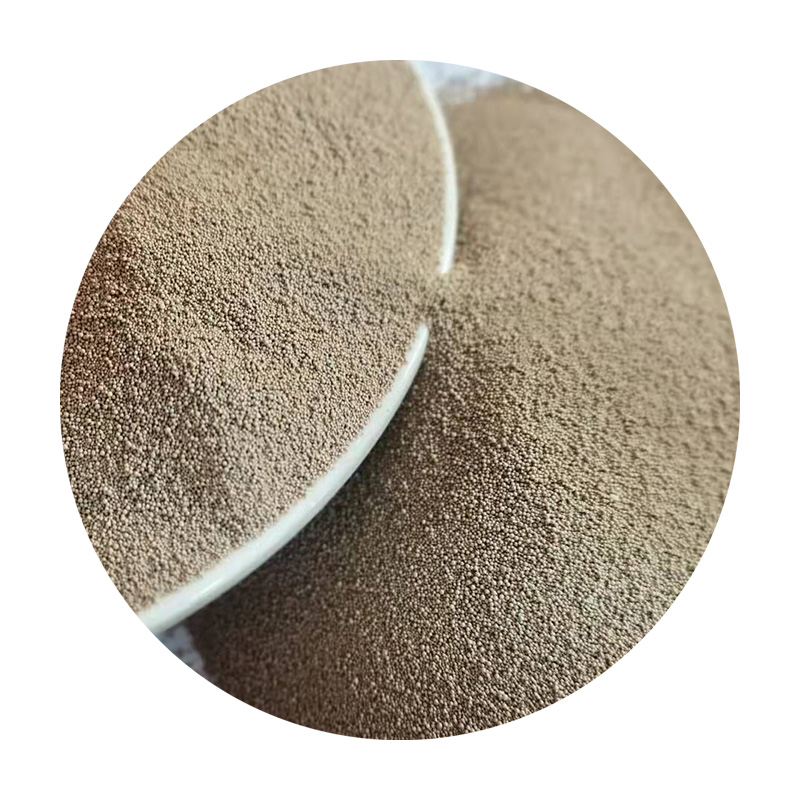What is Sand Casting Used For?
Sand casting, also known as sand mold casting, is one of the most ancient and widely used manufacturing processes, particularly in metalworking. This method involves creating a mold from sand to form complex shapes and components needed in various industries. Its versatility and cost-effectiveness make it an ideal choice for producing intricate metal parts in small to medium production runs. This article will explore the various applications of sand casting and highlight its significance in modern manufacturing.
1. Automotive Industry
One of the most prominent applications of sand casting is in the automotive sector. Numerous components, such as engine blocks, cylinder heads, and transmission housings, are produced using this method. Sand casting allows for the creation of complex geometries that are essential for engine performance and efficiency. The ability to cast large, heavy components enables manufacturers to meet the stringent demands for durability and performance in today’s vehicles.
2. Aerospace Applications
The aerospace industry also employs sand casting for producing critical components such as turbine blades, aircraft frames, and landing gear. These components must meet high standards of quality and safety due to their operation in extreme conditions. Sand casting’s capability to create lightweight yet strong parts is crucial for enhancing fuel efficiency and overall performance in aircraft design. Additionally, this technique can accommodate the use of advanced materials, including high-temperature alloys.
3. Marine Components
Sand casting is utilized in the production of various marine components, including propellers, hull fittings, and engine components. Components produced by this method must resist corrosion and operate efficiently in harsh marine environments. Sand casting allows manufacturers to create durable and reliable parts that can withstand the rigors of underwater operations, thus contributing to the overall performance and safety of marine vessels.
what is sand casting used for

Another significant application of sand casting is in the manufacturing of components used in industrial machinery. Parts such as housings, frames, and brackets are routinely produced using this method. Sand casting is preferred for its ability to create large and complex parts that are essential for the operation of various machines. The use of sand casting in this field enables the production of custom machines tailored to specific operational requirements.
5. Art and Sculpture
Beyond industrial applications, sand casting is also used in the art world for creating sculptures and decorative pieces. Artists and sculptors often use this technique to cast intricate designs from metal. The flexibility of sand casting allows artists to experiment with forms, textures, and finishes, producing unique pieces that can be showcased in galleries or public spaces.
6. Architectural Applications
In architecture, sand casting is employed to create ornamental elements such as railings, decorative facades, and other structural components. The method allows architects to incorporate intricate designs into buildings without the need for extensive tooling. This aspect of sand casting is particularly beneficial for historical restoration projects, where replicating original details and aesthetic features is crucial.
7. Prototyping
Finally, sand casting plays a pivotal role in the prototyping phase of product development. Engineers and designers can create prototypes quickly and cost-effectively to test their designs before moving into full production. The ability to produce accurate models from metals aids in identifying design flaws and improving functionality, saving both time and resources in the development process.
Conclusion
In conclusion, sand casting is a versatile and essential manufacturing process used across various industries. Its applications range from automotive and aerospace components to marine, industrial, and artistic uses. The combination of cost-effectiveness, the ability to create complex shapes, and its adaptability to various materials makes sand casting an invaluable technique in modern manufacturing. As industries continue to evolve, sand casting will remain a crucial process for producing high-quality metal components, playing a vital role in innovation and design across numerous fields.
Post time:พ.ย. . 07, 2024 17:07
Next:Exploring the Benefits of Ceramic Foundry Sand in Modern Casting Processes
